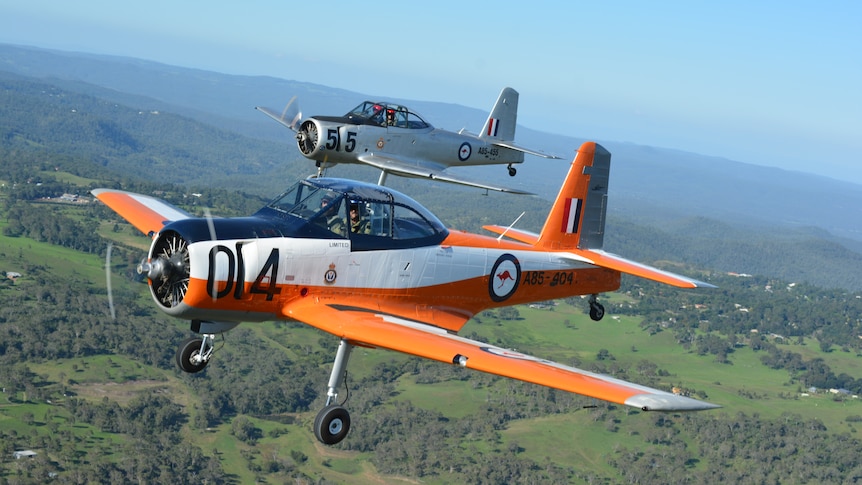
You hear them before you see them.
The roar of 450-horsepower radial engines means all eyes immediately turn to the sky anytime a warbird flies over.
At 120 knots, they’re gone in a flash, but when there are four of them flying in formation, it leaves a lasting impression on the most casual plane-spotter.
“At 500 feet [152 metres], we can definitely see the crowds,” said Matt Handley, the lead pilot for this year’s Anzac Day flypasts on Queensland’s Darling Downs.
“And it’s good to see that crowd getting bigger and bigger every year.”
The southern Queensland event is one of 13 flypasts, or air displays, that the Civil Aviation Safety Authority (CASA) has approved nationally for this year’s Anzac Day services.
As he soars over the war memorials, a multitude of faces fixed on his plane from the ground below, Mr Handley maintains a clear focus.

“Holding a steady speed and a steady altitude, so the other guys can fly on my wing, is my priority,” he explained.
And he needs to keep an eye on the clock too, as he lists more than a handful of other memorial services he will fly over before he arrives at the Toowoomba service.
Old planes ‘a bit of a handful’
It’s a rare opportunity to see historic aircraft fly low over a city, and like most aviation events, it all starts in the office with “a lot of paperwork”, according to Mr Handley.
“They look at our plan and our risk assessments before they approve it as an event,” he explained.
Then, it’s a matter of keeping the aircraft maintained, and the pilots trained.
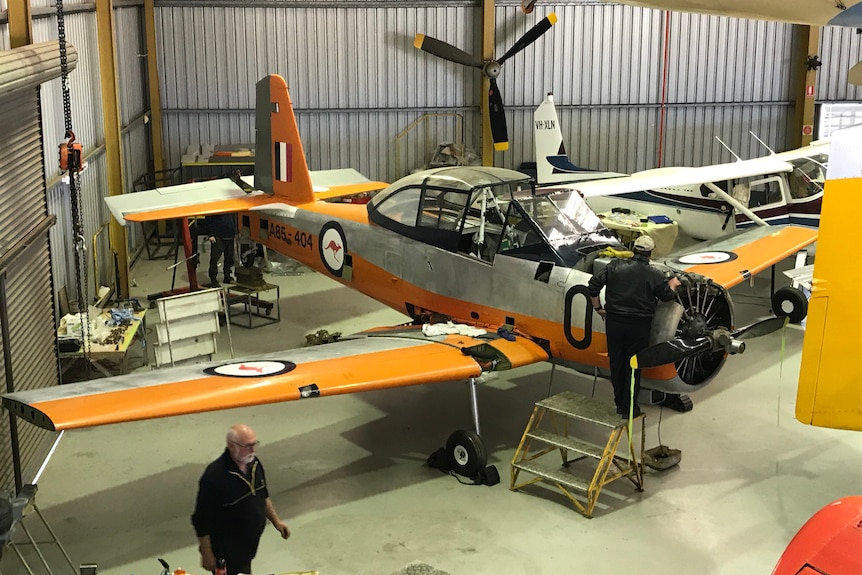
A variety of historic aircraft will be used in flypasts in Australia this week, including Kitty Hawks, Harvards and Black Hawk helicopters.
In southern Queensland, the four pilots involved in Toowoomba’s flypast will be flying the Australian-designed-and-manufactured Winjeel.
“The name Winjeel is an Aboriginal name for ‘young eagle’,” Mr Handley explained.
“It’s an Australian aircraft that not a lot of people might think of when they when they think of vintage planes.”
The Winjeel first served as a training aircraft for RAAF pilots from the mid-1950s.
It later became part of forward air control, until it was replaced in 1994.

You don’t see many these days.
The majority of Winjeels were broken up after they were decommissioned.
Some became static displays at museums; only around 16 still fly.
And what are they like to fly?
“They were really popular with pilots,” Mr Handley said.
“But they can be a little bit of a handful.
“They’re reasonably high-powered, so when you open the throttle, they do tend to swing, so you’ve got to keep them straight. There’s a lot of rudder work!”
Preserving the past
By day, Mr Handley works as the chief pilot at Aerotec, home to warbirds and vintage aircraft in Toowoomba, training the next generation of pilots.
He has had his own pilot’s licence since he was 17, logging more than 10,000 hours flying in various cockpits, but wouldn’t trade anything for the hours he spends in aeroplanes a lot older than himself.
“I think it’s very important to preserve the history of these particular types of aeroplanes, because they are unique,” he said.
“They’re like flying time capsules — flying time machines.”
After the flypasts have finished, and the crowds have gone to play two-up at the RSL, the four pilots in Toowoomba plan to raise a toast to all the pilots who have gone before them.
“It’s important to remember that we’re commemorating a very important day,” Matt Handley said.
“It’s about the servicemen and women that have given their lives to make Australia what it is today.”

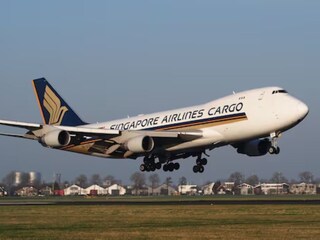
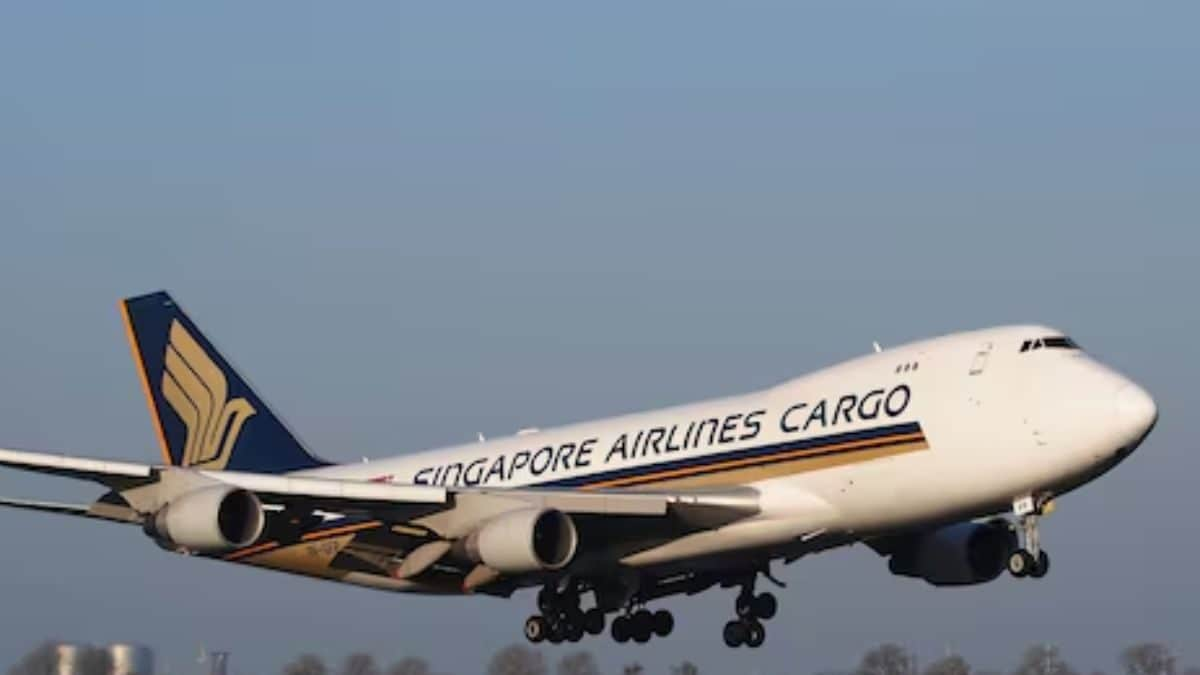
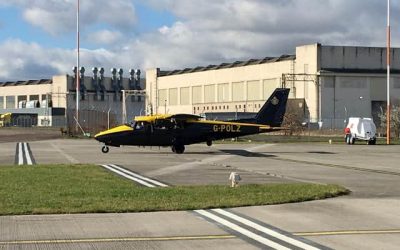
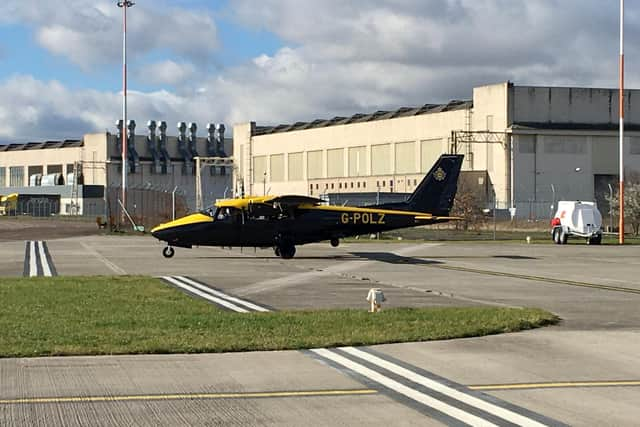

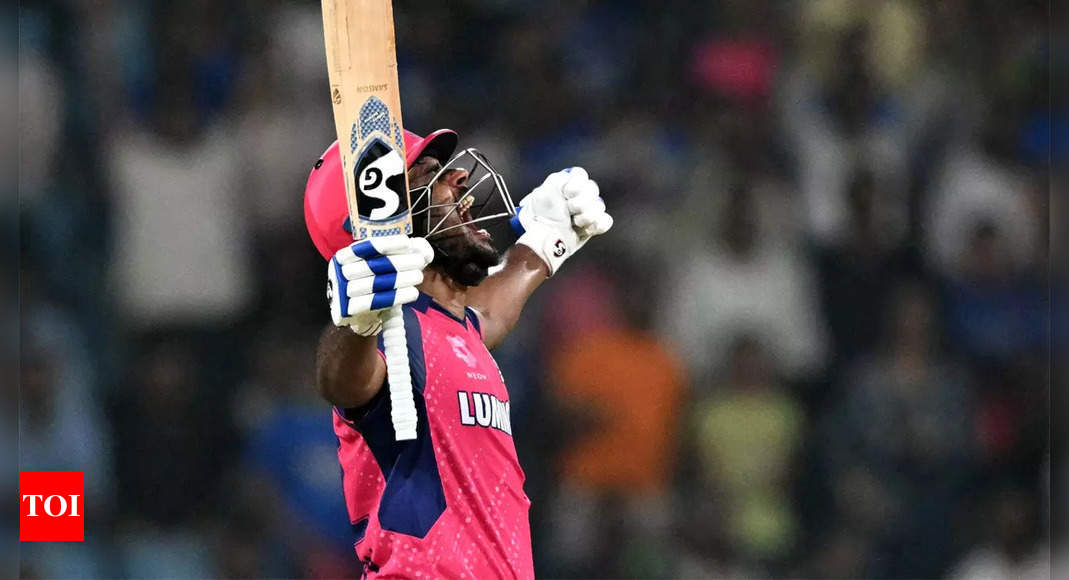
0 Comments